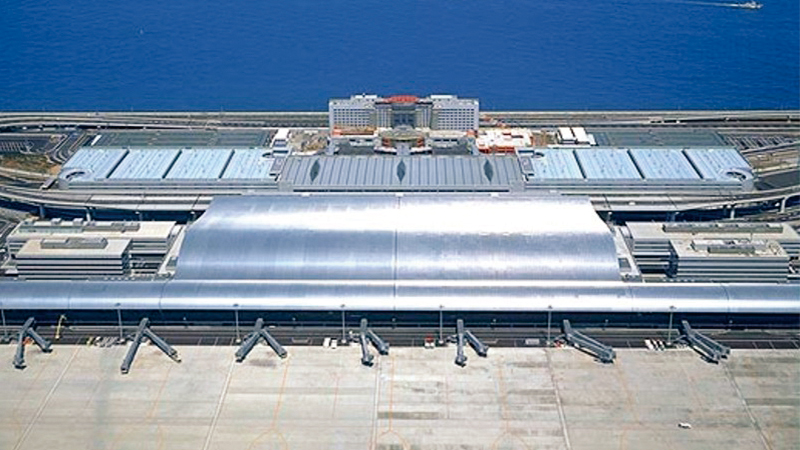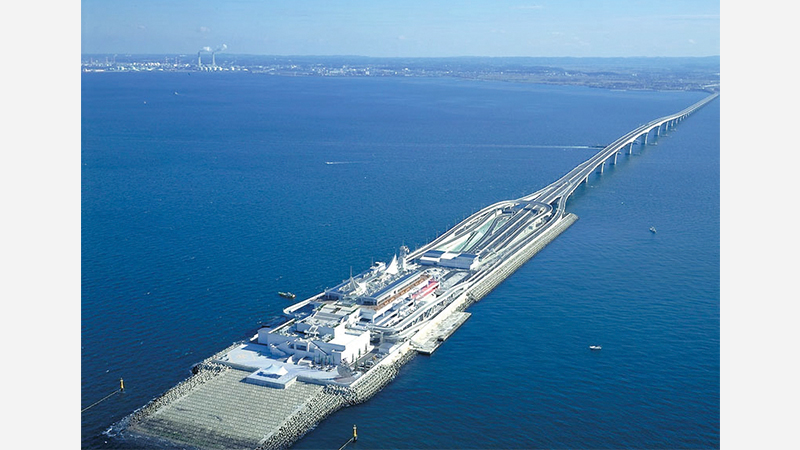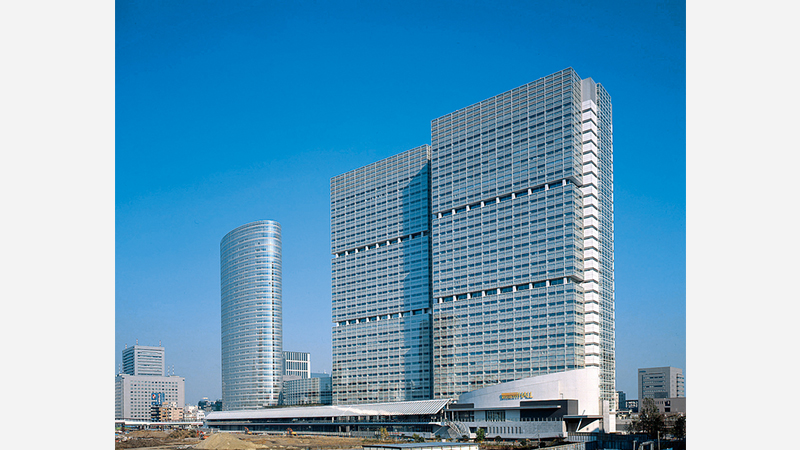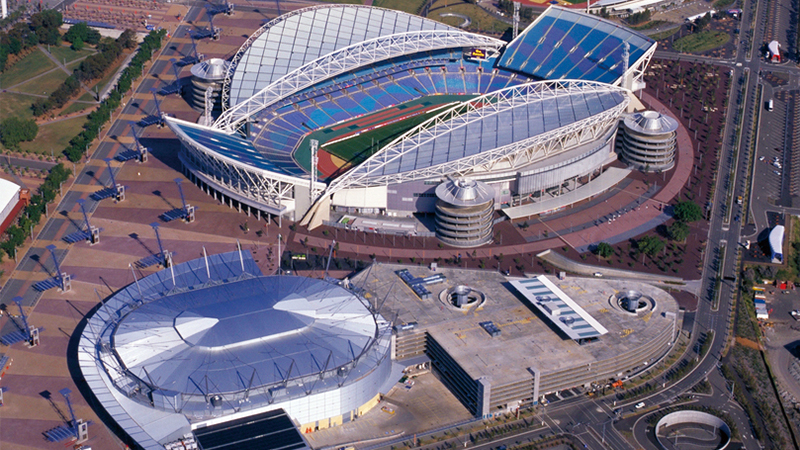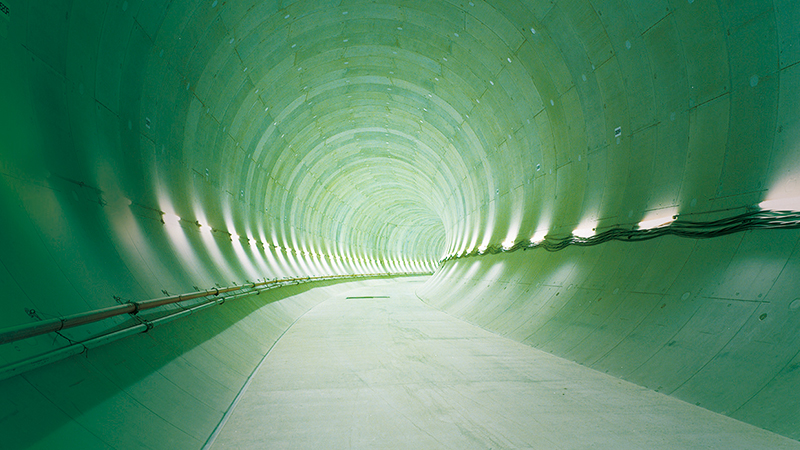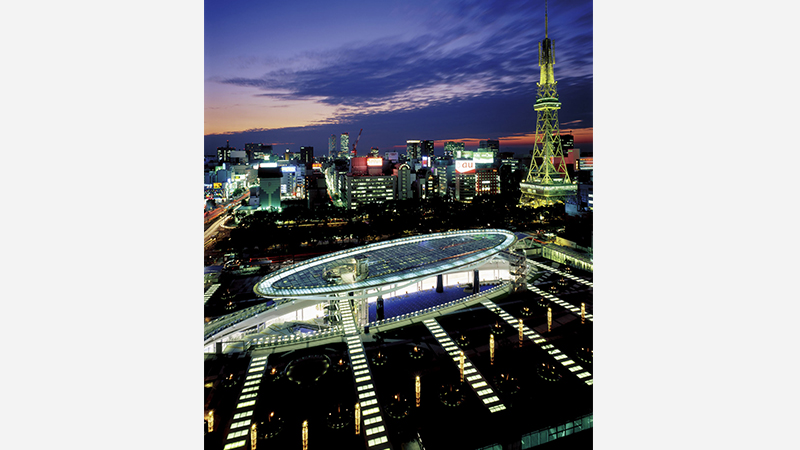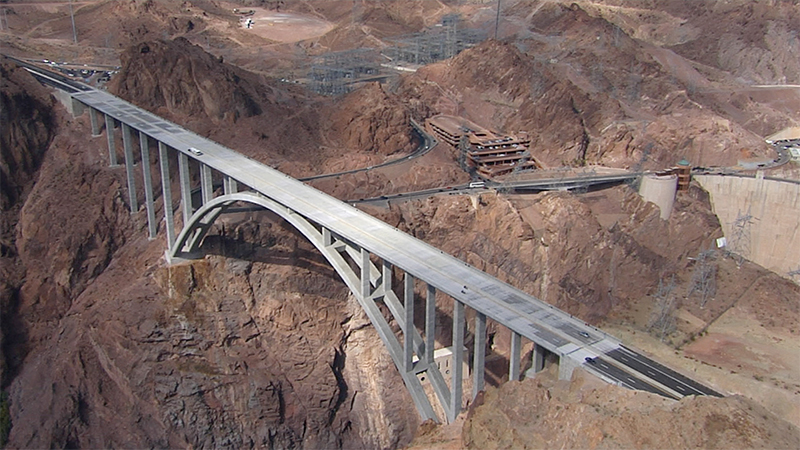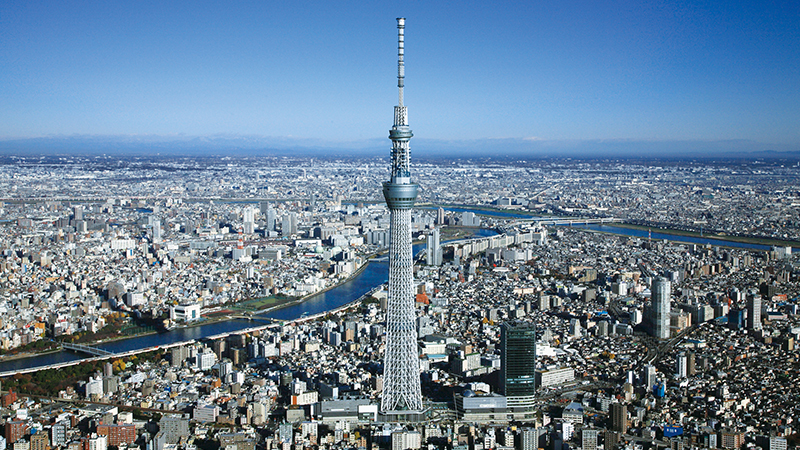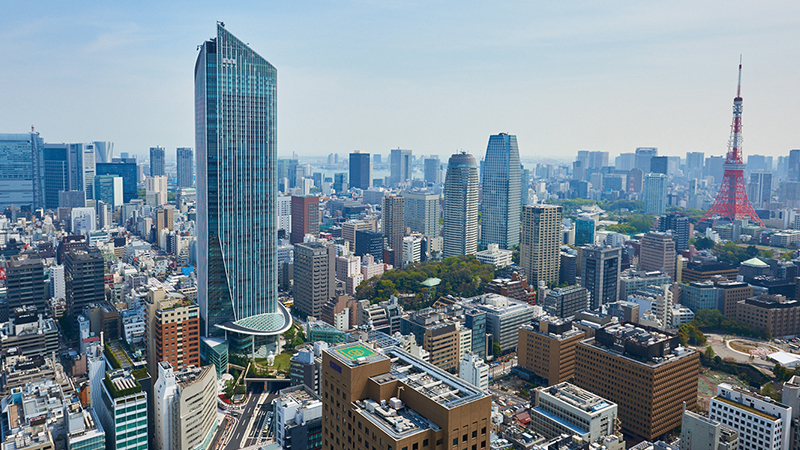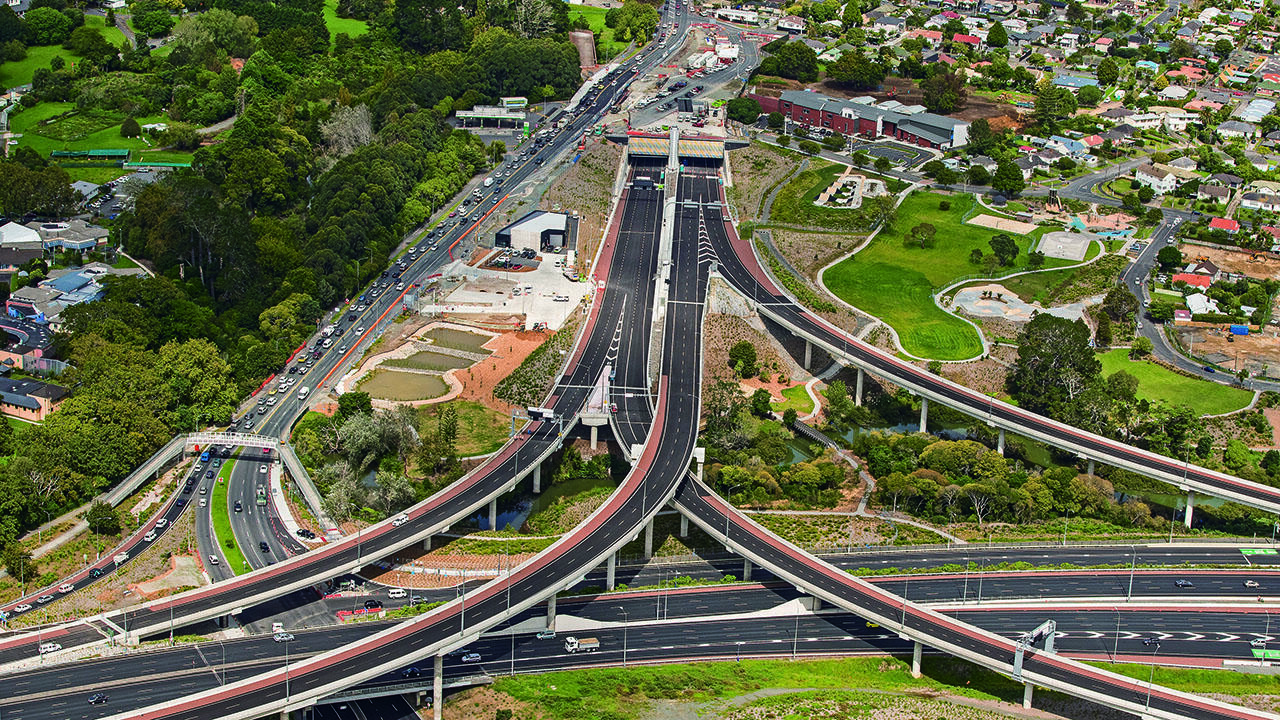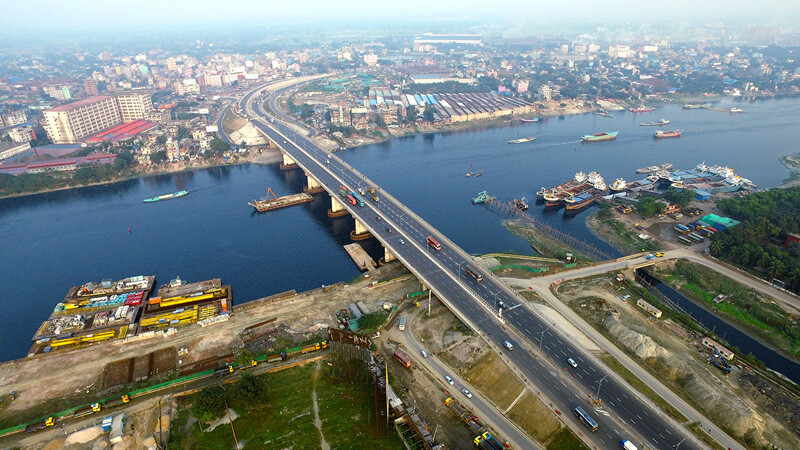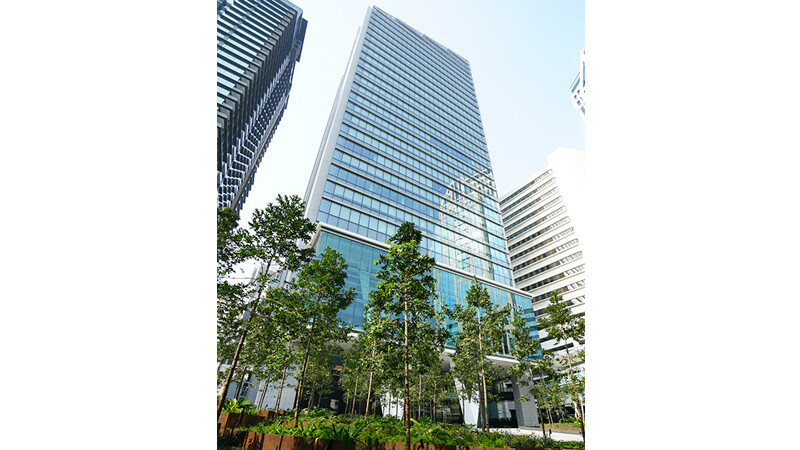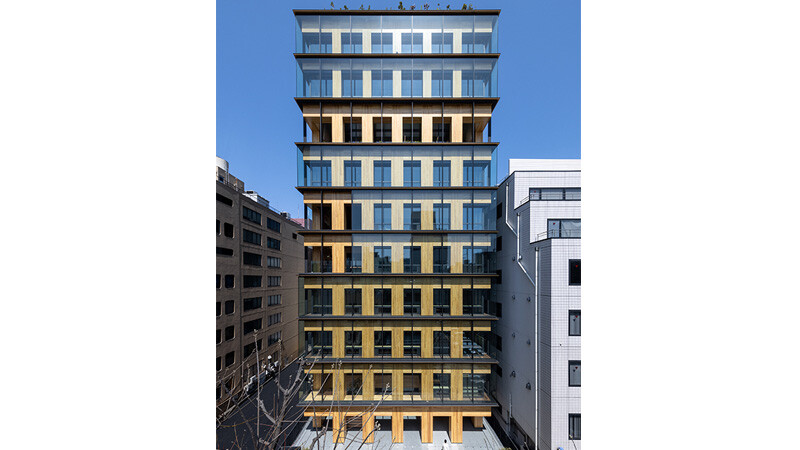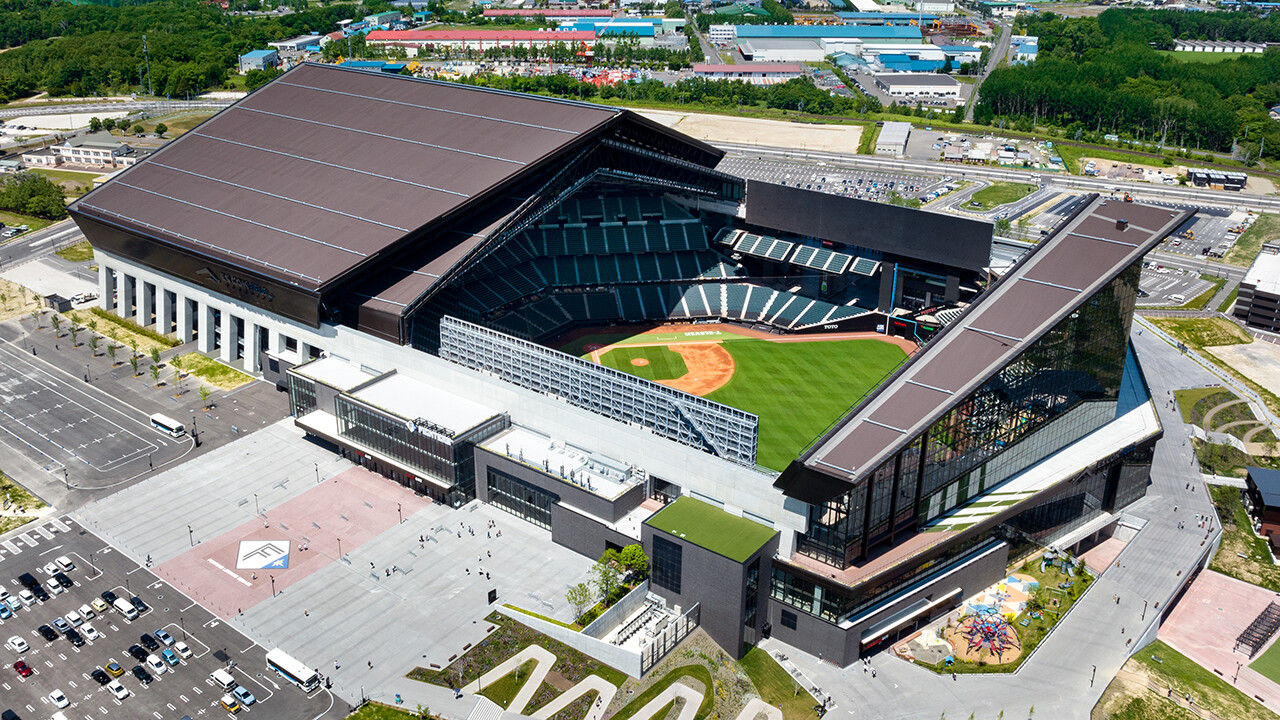History
1892-1945
-
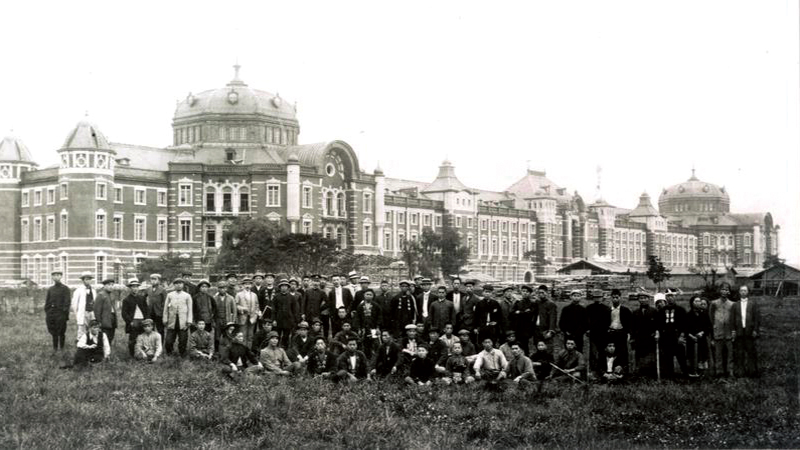
Tokyo Central Station (currently Tokyo Station)
-

Hanshin Koshien Stadium
-
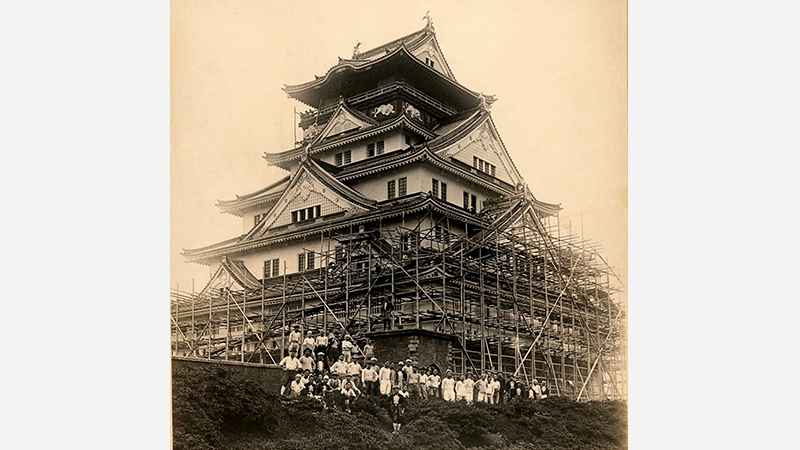
The Main Tower of Osaka Castle
| 1914 | Tokyo Central Station (currently Tokyo Station) | ||
|---|---|---|---|
| 1924 | Hanshin Koshien Stadium | ||
| 1931 | The Main Tower of Osaka Castle | ||
The predecessor of Obayashi Corporation was founded on January 25, 1892 by Yoshigoro Obayashi as a civil engineering and building construction contractor in Osaka. At that time, directly after the Meiji Restoration, every industry in Japan was beginning to take steps towards modernization.
We were involved in construction of plants and offices for various industries as well as infrastructure construction projects such as ports and railroads. In February 1904, the company name was changed to Obayashi Corporation.
Starting with our successful construction of Tokyo Central Station (currently Tokyo Station) in 1914, we completed a string of iconic buildings for the time, including Hanshin Koshien Stadium and the reconstruction of the Main Tower of Osaka Castle. These achievements consolidated our position as a national-scale construction company.
1946-1990
-
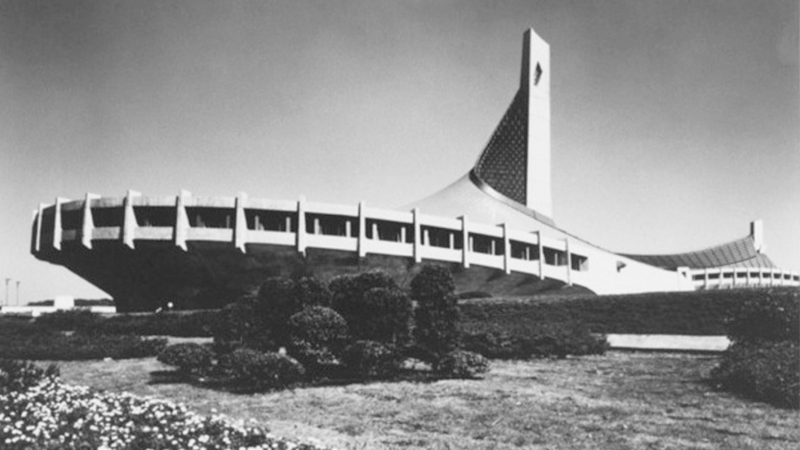
Yoyogi National Stadium 2nd Gymnasium
-
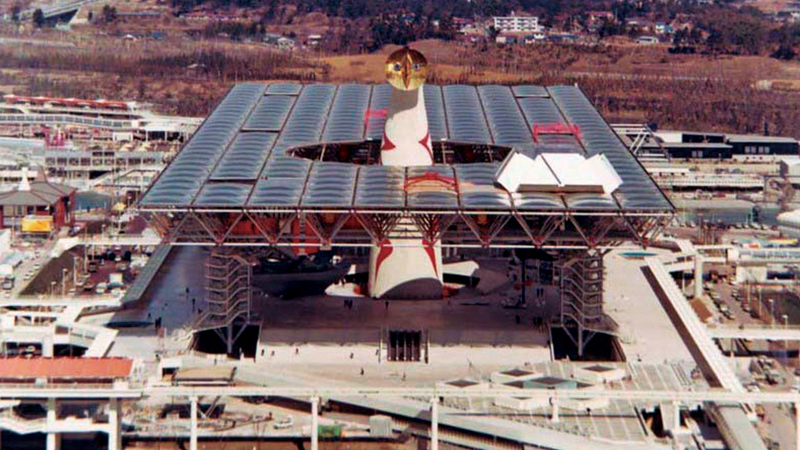
Japan World Exposition (Theme Pavilion)
-
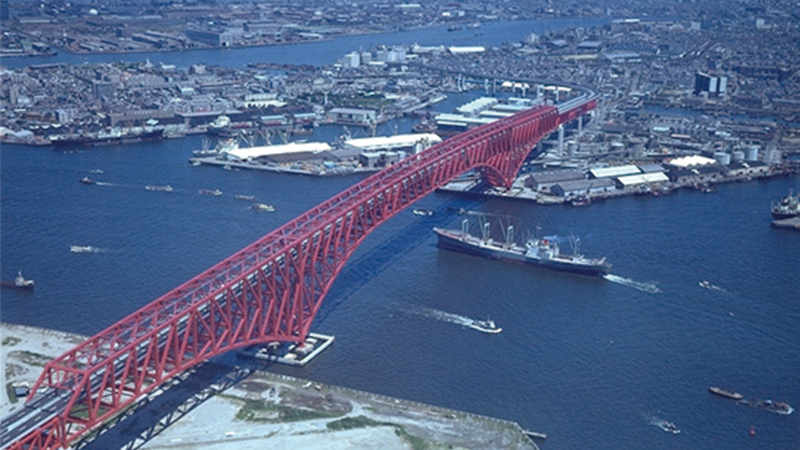
Minato Bridge on Hanshin Expressway Route 5 Bayshore Line
-
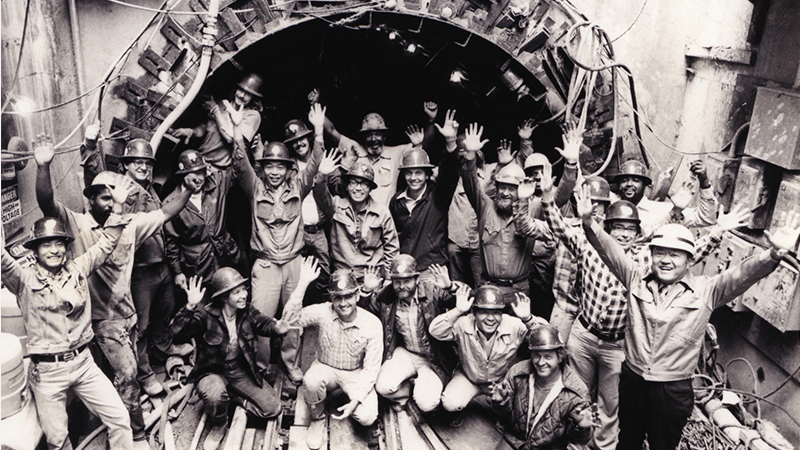
San Francisco Sewer (U.S.A.)
| 1956 | Nukabira Dam Power Generation Development | ||
|---|---|---|---|
| 1964 | Yoyogi National Stadium 2nd Gymnasium | ||
| 1965 | Musi River Bridge (Indonesia) | ||
| 1970 | Japan World Exposition (Theme Pavilion) | ||
| 1972 | Minato Bridge on Hanshin Expressway Route 5 Bayshore Line | ||
| 1982 | San Francisco Sewer (U.S.A.) | ||
During the post-war reconstruction period, we applied our full attention to rebuilding key facilities throughout Japan, such as government offices, schools, and hospitals. We were also involved in several dam construction projects that pioneered electrical power development.
Thereafter, as Japan's car manufacturing, petrochemical, and synthetic fiber industries grew rapidly, the construction industry also advanced with the introduction of new materials and building methods.
In the 1960s, we undertook our first overseas project. We were also involved in numerous major projects in Japan as we developed into one of Japan's leading general contracting companies.
| 1994 | Kansai International Airport: Creation of Airport Island and Passenger Terminal | ||
|---|---|---|---|
| 1996 | Canal City Hakata | ||
| 1997 | Kyoto Station Building | ||
| 1997 | Tokyo Bay Aqua-Line | ||
| 1997 | Singapore Airport Building (Singapore) | ||
| 1997 | Osaka Dome | ||
| 1998 | Shinagawa Intercity | ||
| 1998 | Akashi-Kaikyo Bridge | ||
| 1999 | Stadium Australia (Australia) | ||
| 1999 | Tomisato Dam | ||
After marking our centenary, we continued to ride a wave of vigorous construction demand and expanded our business operations even further.
We participated in numerous major projects in Japan and overseas, including the Kansai International Airport, the Tokyo Bay Aqua-Line, the Akashi-Kaikyo Bridge, and the main stadium for the Sydney Olympics, as well as being involved in construction of urban landmarks, such as Shinagawa Intercity and Kyocera Dome Osaka.
We began to undertake aggressive overseas development in response to expanding overseas demand, widening the range of our operations.
| 2001 | The Metropolitan Area Outer Discharge Channel-Tunnel (First section tunnel) | ||
|---|---|---|---|
| 2002 | Oasis 21 | ||
| 2006 | Taiwan High Speed Rail (Taiwan) | ||
| 2010 | Hoover Dam Bypass Project: Colorado River Bridge (U.S.A.) | ||
| 2011 | Dubai Metro Project (Dubai, U.A.E.) | ||
| 2012 | TOKYO SKYTREE® | ||
| 2013 | Grand Front Osaka | ||
| 2014 | Toranomon Hills | ||
| 2015 | Sagamihara Interchange Ramp Bridge, Sagami Longitudinal Expressway | ||
| 2015 | San Francisco General Hospital (U.S.A.) | ||
| 2016 | Onoyama Viaduct | ||
| 2017 | DUO (Singapore) | ||
| 2018 | Waterview Connection Tunnels and Great North Road Interchange (New Zealand) | ||
| 2019 | Jewel Changi Airport (Singapore) | ||
Entering the 21st century, we have participated in several distinctive projects in Japan, such as the construction of the world's tallest free-standing broadcasting tower, TOKYO SKYTREE®, and Toranomon Hills. We have also worked on urban development projects throughout Japan, including Grand Front Osaka and Oasis 21 in Nagoya.
Overseas construction projects include the Taiwan High Speed Rail, the Colorado River Bridge, and the Dubai Metro.
We have met diverse construction needs, such as disaster prevention, mitigation, and reducing environmental impact.


